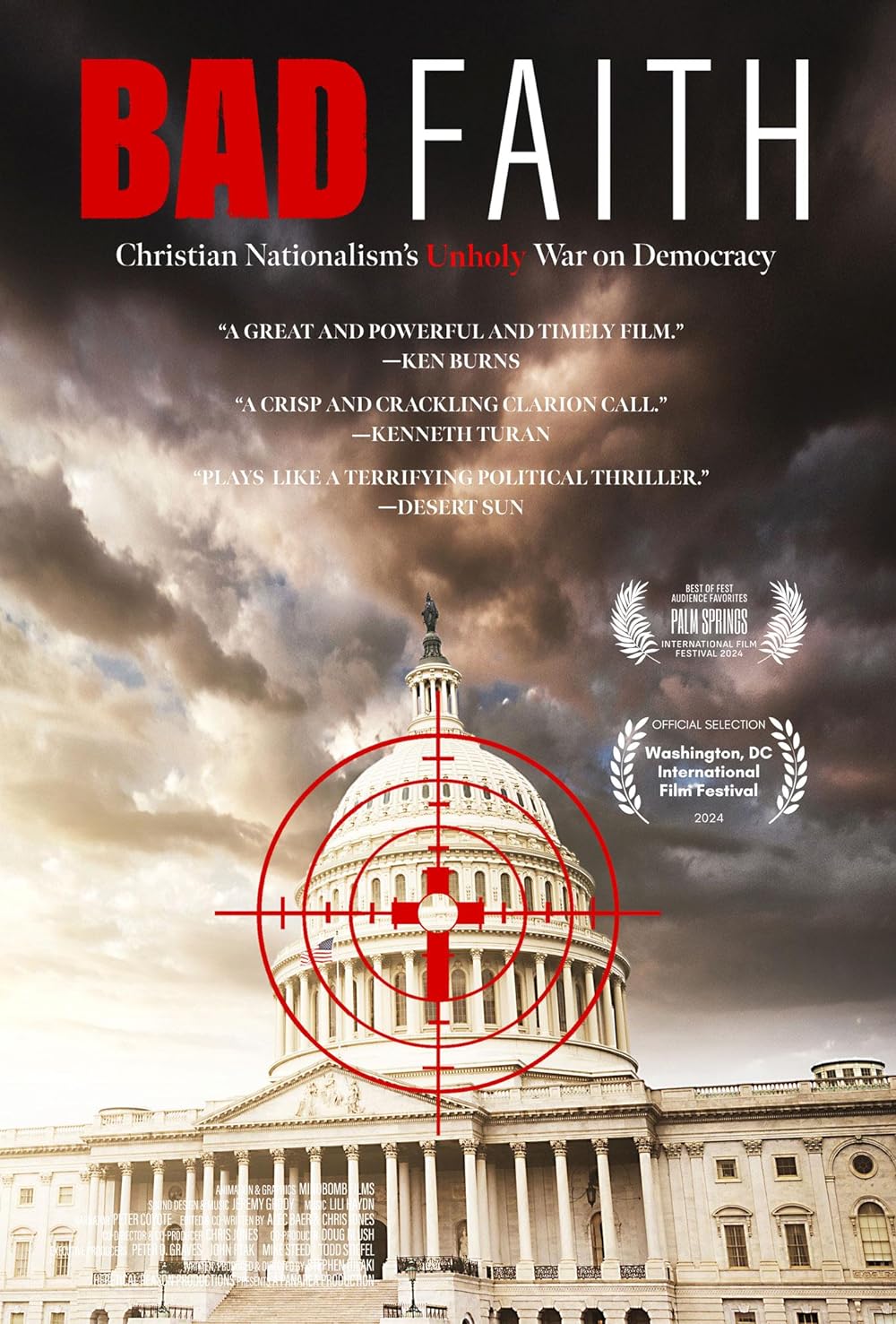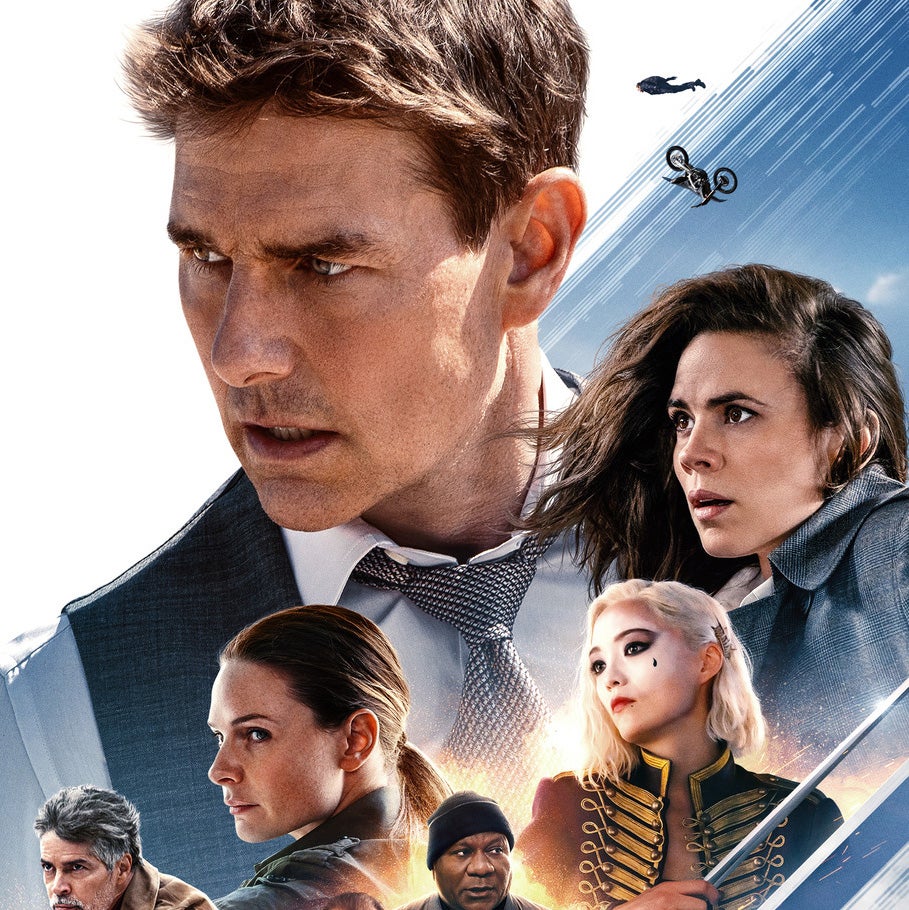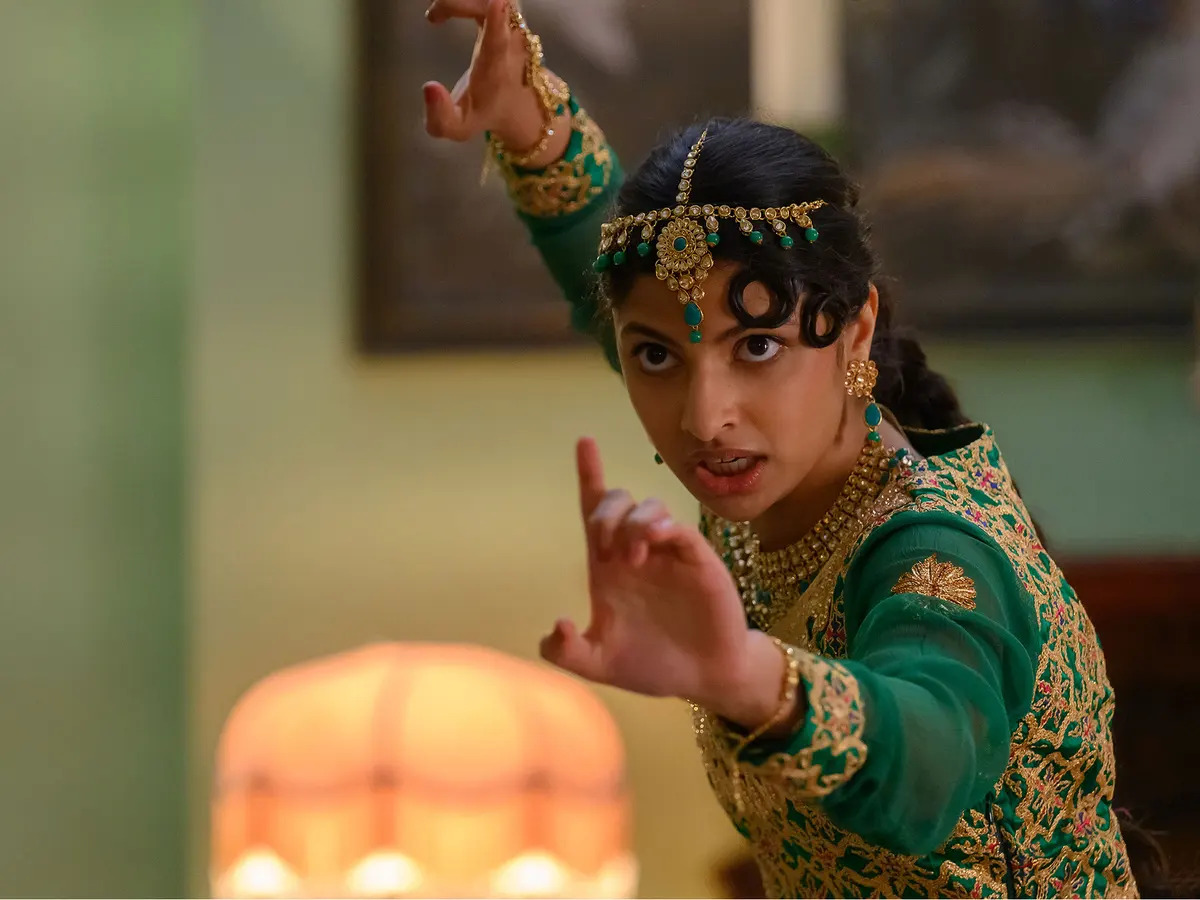Monster
Posted on January 5, 2004 at 7:02 pm
B+| Lowest Recommended Age: | Mature High Schooler |
| Profanity: | Extreme and constant strong language |
| Nudity/ Sex: | Explicit sexual references and situations, including sexual assault, prostitution, gay sex |
| Alcohol/ Drugs: | Characters drink and smoke a lot, drug references |
| Violence/ Scariness: | Extremely graphic violence, including rape, murders |
| Diversity Issues: | None |
| Date Released to Theaters: | 2003 |
Aileen Wuornos peers into the murky mirror of the gas station bathroom. Somewhere in that lumpy, mottled face, she catches a glimpse of a girl who dreamed of being admired and cared for. We glimpse that girl, too, hopeful, even loving. But we see no trace of the woman who is portraying her. Glamour girl Charlize Theron’s breathtaking, heartbreaking transformation makes this movie about the woman called America’s first female serial killer an astonishing achievement.
Aileen was an abused child who began turning tricks at age 13. She thinks she has nothing to live for. But then she meets Shelby (Christina Ricci), a shy and needy lesbian. Even though Aileen is not gay, she is drawn to Shelby. She finds that being able to take care of someone is even more important to her than being taken care of. For a moment, it seems that she can find a new life for herself. But she has no skills and no capacity to get a legitimate job. She is forced to go back to prostitution to take care of Shelby, and when a customer rapes and beats her, she snaps, and she kills him. She takes his money and his car.
And then she begins to entrap and kill more men, each less justified than the last as she becomes more desperate and ultimately delusional. The last victim is portrayed by Scott Wilson, perhaps in an echo to his own star-making role as a real-life headline-making killer in In Cold Blood.
At one point, Aileen planned to kill herself as soon as she spent her last five dollars. As she used it to buy a drink, she met Shelby, who gave her a chance to mean something to someone but at the same time showed her more devastatingly than ever how far she was from being able to live in a way that could make her feel loved and proud. The first murder may have been self-defense. It may have been her way of striking back at a world that had struck her once too often. The movie wisely does not pretend to explain what was going on in the mind and soul of a woman who was mentally ill. Unlike the similar Boys Don’t Cry however, it is unable to elevate the facts into a larger story about identity and intimacy.
What makes the movie worthwhile is Theron’s performance, open, vulnerable, tragic, moving, and most of all, honest. Aileen’s behavior is contradictory, volatile, and disturbed. She loses control and lashes out irrationally. There are moments when I was not sure whether Theron was acting or just trying to keep her dental appliance from slipping, and no one could make some of those voiceover speeches work, but with the ferocity of her grip on the character she never lets us lose sight of Aileen’s humanity. Theron’s portrait of Aileen is sympathetic without pretending that she is more of a victim than the men she killed.
Parents should know that the main character in this fact-based story is a serial killer and a prostitute. The movie has explicit sexual references and situations, including gay sex, prostitution, and rape, extremely strong language, violence (including a brutal rape and several murders), smoking and drinking. There are tense and upsetting scenes.
Families who see this movie should talk about who is the “monster.” If it is Aileen, what made her that way? What could have prevented it? In what ways is the movie sympathetic to Aileen, and in what ways is it not? How can you tell?
Families who appreciate this movie should look at the two documentaries about Aileen Wuornos by Nick Broomfield. In 1992, he made Aileen Wuornos: The Selling of a Serial Killer which focuses on the way the people around Wuornos, including her lawyer, a woman who “adopted” her, and even the police who arrested her exploited her arrest. Eleven years later, he made Aileen: Life and Death of a Serial Killer, focusing on Wuornos as she approached her execution, defiantly and impatiently. Those who appreciate this movie will also appreciate Boys Don’t Cry, based on the true story of the murder of a young woman who was passing as a man.






